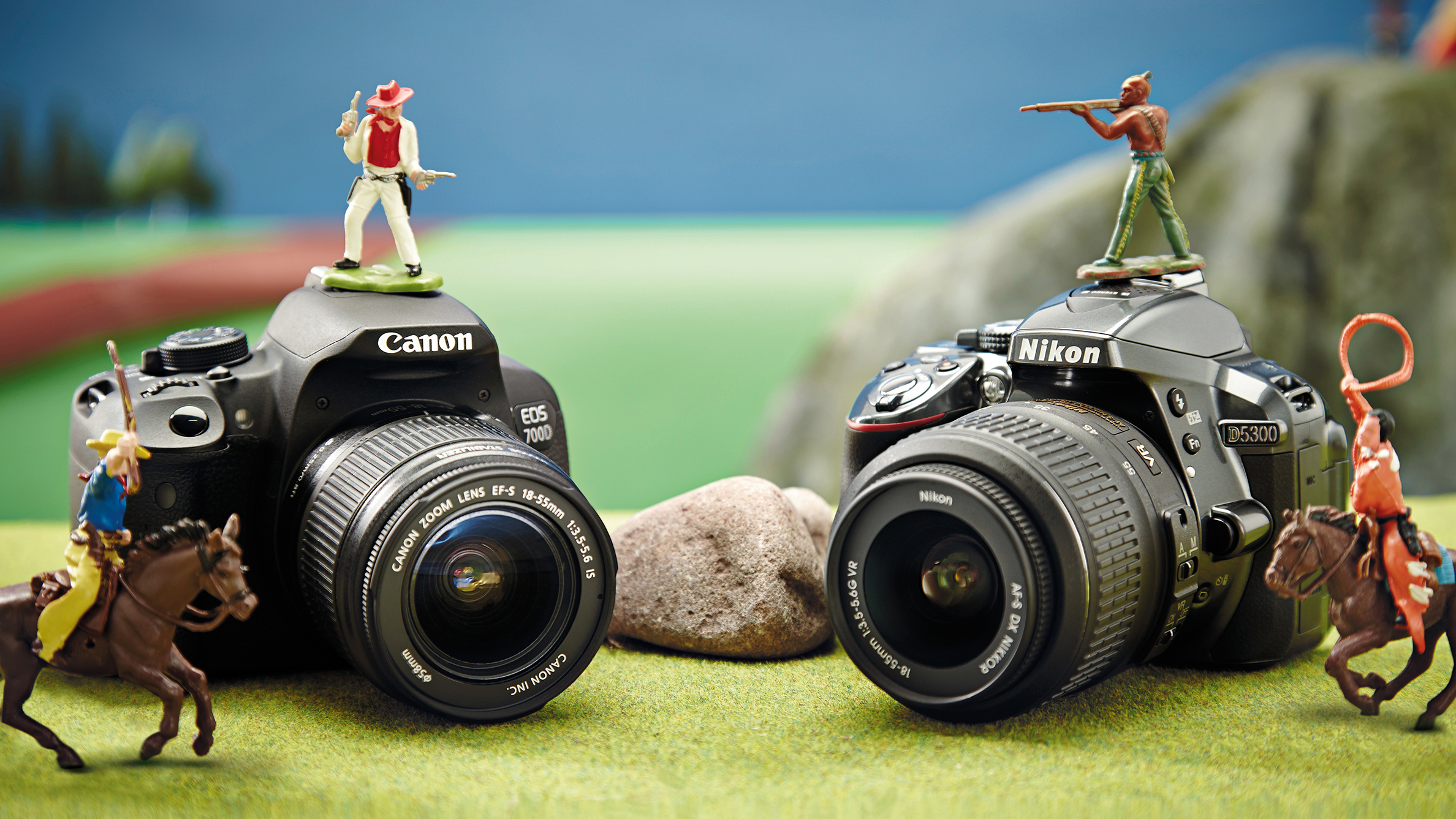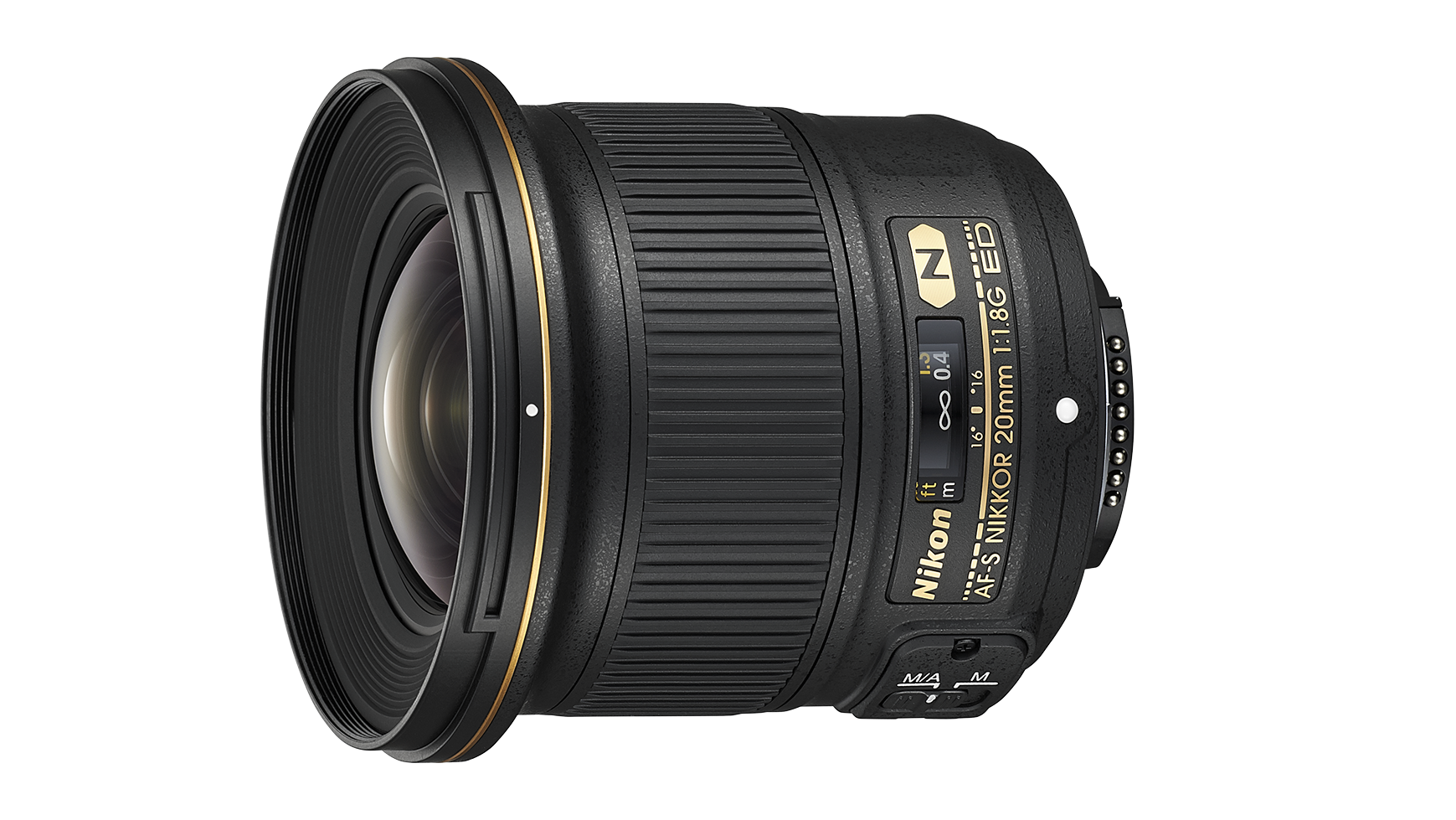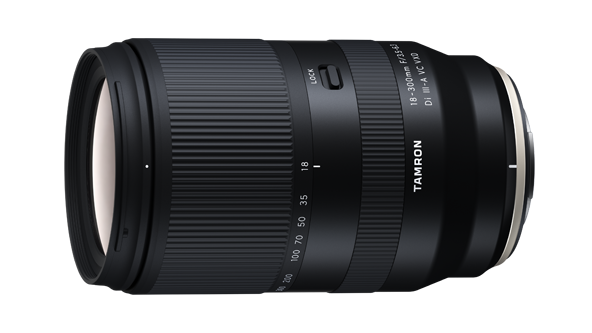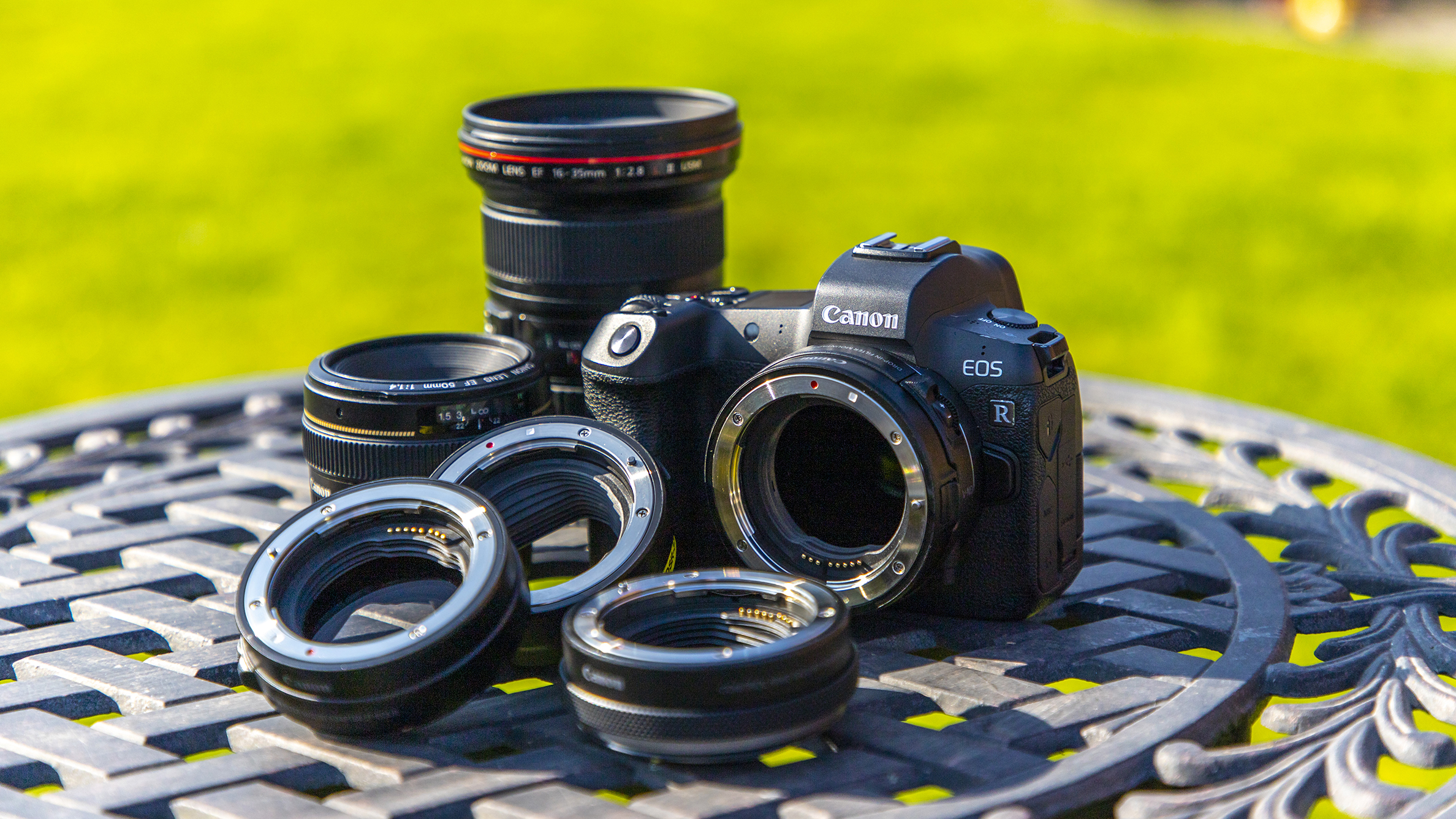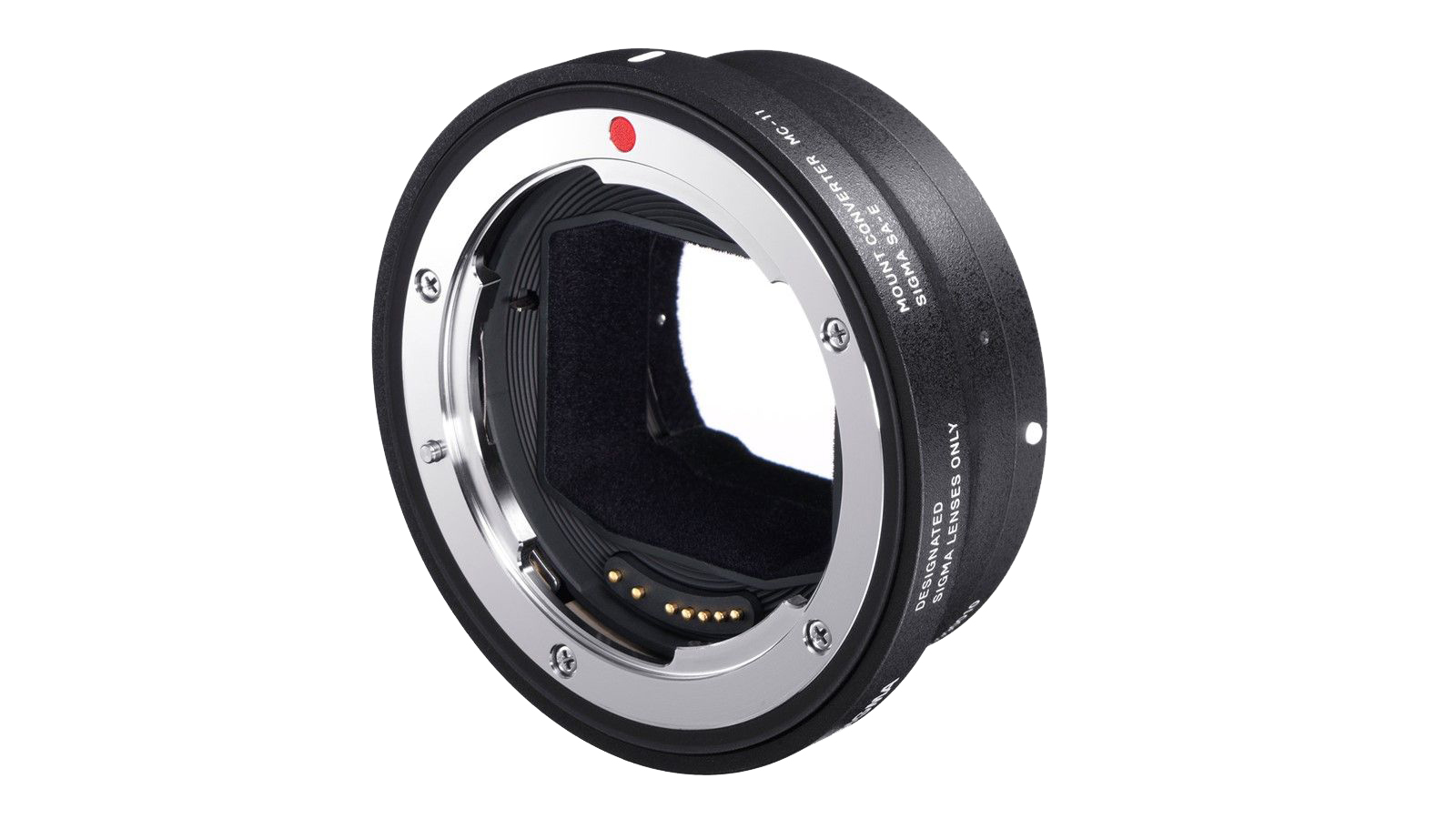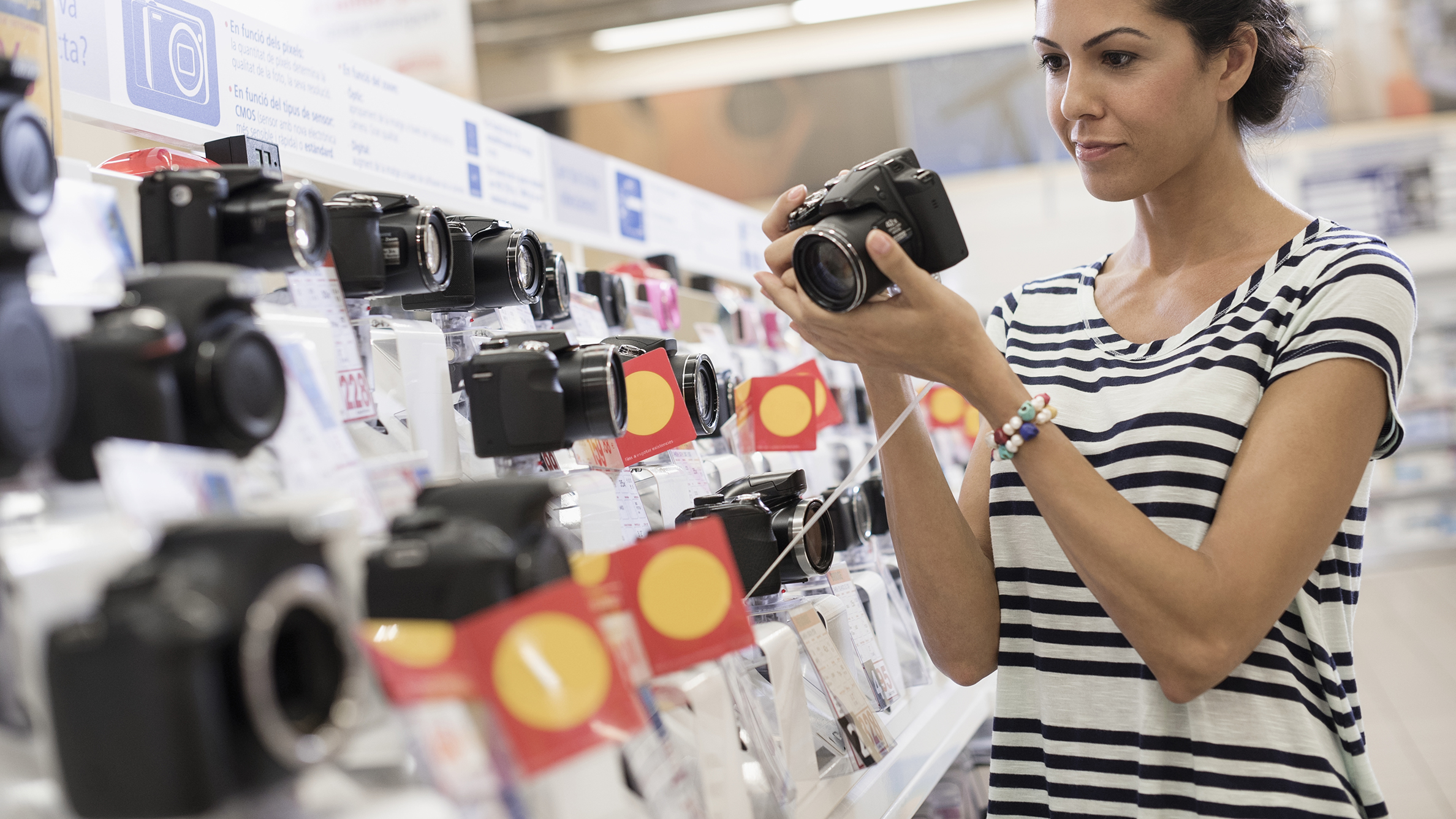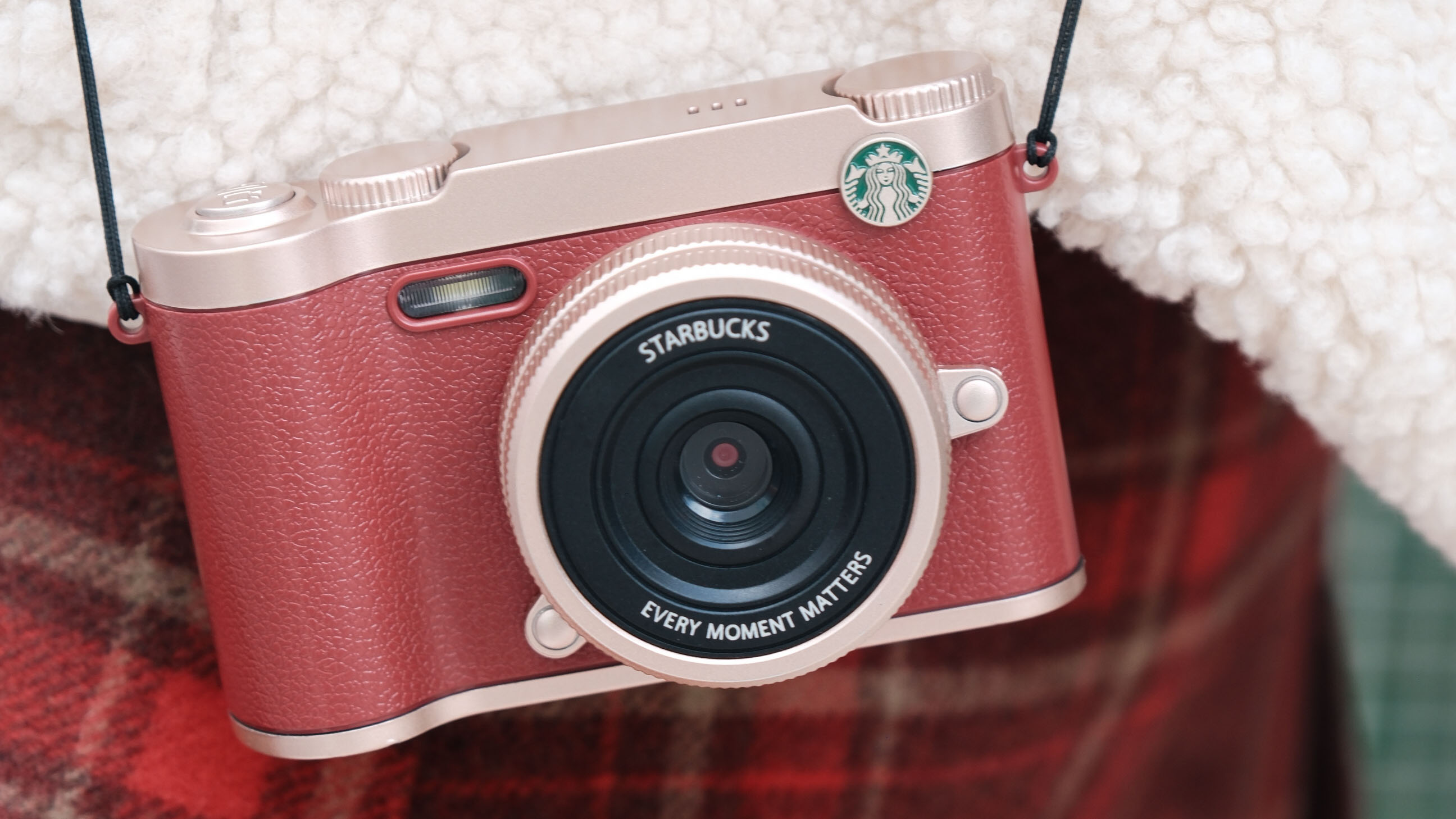Stick or twist? When and how should you switch camera systems?
We assess the options when it comes to staying loyal to your camera brand, switching over or straddling multiple systems
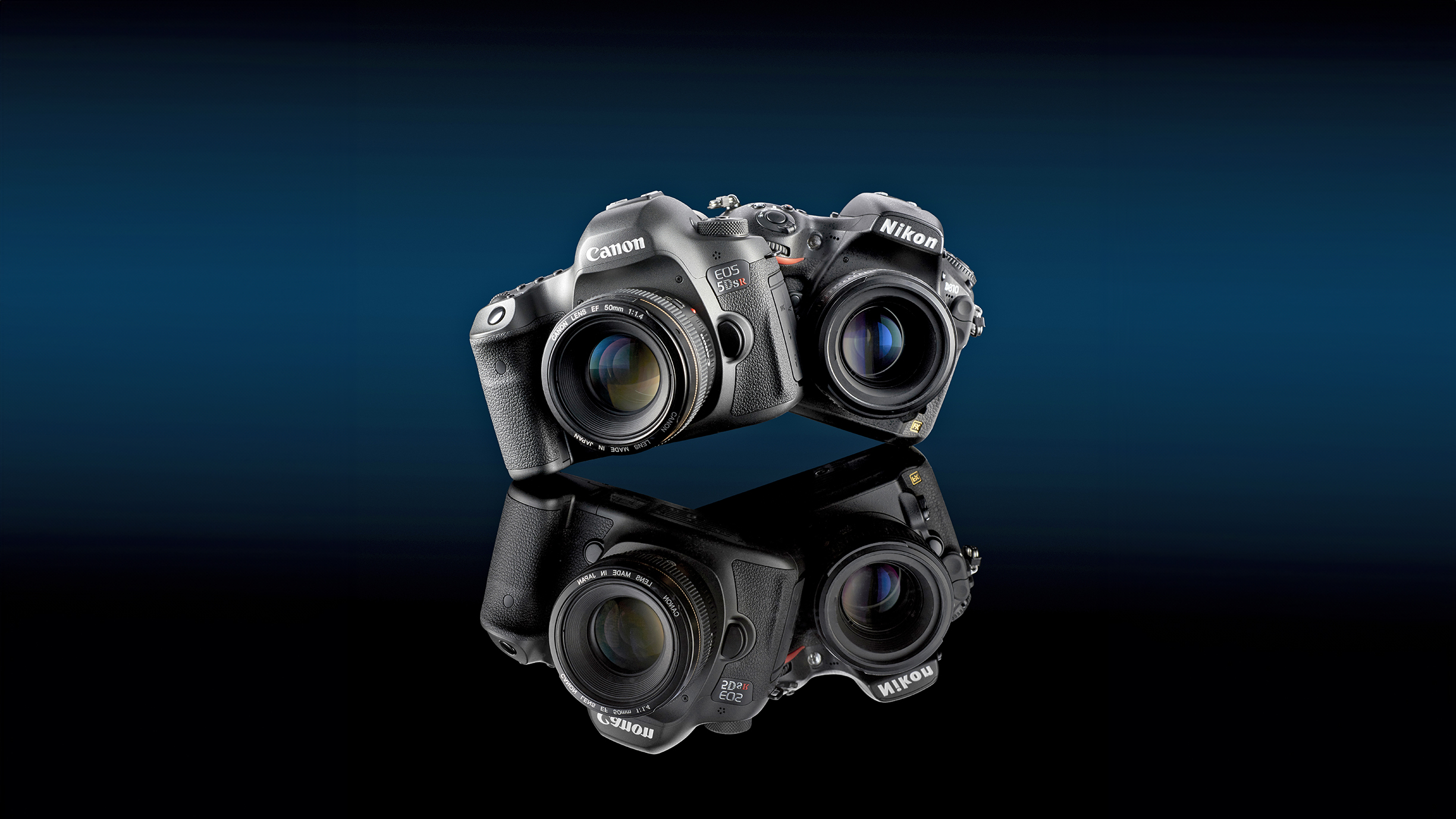
Over the years I’ve owned cameras from pretty much all the big camera manufacturers, switching between systems to find one with the right ergonomics and menu systems that make sense to me – all while weighing up the range of lenses available, portability and, of course, the price.
No doubt you’ve faced a similar conundrum: stick with the system you’re used to or switch to a rival brand. There are many reasons to switch systems and even justifications for shooting on multiple brands at the same time, whether that’s using a portable Micro Four Thirds camera (MFT) for travel and holidays and a full-frame camera for better detail in a studio, as just one example.
If you shot in the days of film, this probably isn’t your first rodeo, as you’ll have likely made the switch from your film camera to a DSLR in the early 2000s. A similar turning point is happening again with the latest mirrorless camera technology, as pretty much all new cameras and lenses released now are of the mirrorless variety.
If you have a camera with a cropped sensor, such as MFT or APS-C, and your current system doesn’t meet expectations, this could be a convenient time to make the switch. But, if you’re thinking of upgrading to a full-frame body, you may have to cash in all your equipment, as your kit won’t work properly on a larger full-frame body.
In this feature, I’ll look at the benefits and drawbacks of shooting on multiple systems and assess whether switching or upgrading your camera kit is the correct thing to do.
Using dual systems
There are various reasons for shooting on multiple interchangeable lens camera systems, whether you’re in the process of switching from one to another or you have separate systems to cater to different jobs.
Maybe you have a small and portable Micro Four Thirds or APS-C system that is less conspicuous when shooting street and travel photography, and a larger full-frame or even medium format camera for shoots where you need more resolution or enhanced video capabilities.
The best camera deals, reviews, product advice, and unmissable photography news, direct to your inbox!
There’s often a cost aspect to this as, if you have the budget, you could get a camera such as the Canon EOS R5, which can do everything from 45MP stills to 8K video all in one model. But the catch is that it costs $3,000 / £3,000 / AU$4,000 just for the body.
Look for gaps in lens ranges
You can guarantee that all the big manufacturers will have iterations
of the most common lens models – such as f/2.8 versions of 16-35mm, 24-70mm and 70-200mm lenses for full-frame mounts. But it’s worth looking at any specialist lenses you may wish to purchase later, as there could be gaps in the range that make you regret your choice.
For example, Nikon makes a 20mm f/1.8G lens, which is fantastic for astrophotography, but there isn’t an equivalent lens for Canon photographers in the EF (DSLR) or RF (mirrorless) mount.
Canon, meanwhile, is the only manufacturer to currently have a 100-300mm f/2.8 lens in its arsenal, although Sony has a much larger offering of third-party lenses for its mirrorless E mount.
Third-party options
Sony was the first company to produce a full-frame mirrorless camera back in 2013, while Canon and Nikon didn’t launch their respective full-frame mirrorless iterations until 2018.
This puts Sony at an advantage, as it has had an extra five years to build up its lens range. It also opened up its E-mount to third parties, so optical offerings from the likes of Sigma, Tamron and Samyang are plentiful.
By comparison, Canon and Nikon are yet to fully open up their mirrorless mounts to third parties – so the range of lenses can feel limited, which is worth taking into account.
Cash in your DSLRs and go mirrorless
If you're going mirrorless, you can upgrade your DSLR body but take your DSLR lenses with you. Lens adapters enable you to use the vast majority of lenses on mirrorless cameras, helping you save money by keeping your old lenses.
It’s no secret that many new mirrorless lenses are extremely pricey, so it can make economic sense to hang onto your DSLR lenses, using an adapter to make them compatible with your new mirrorless camera from the same manufacturer.
Just be aware that not all adapters are made equal, so I recommend you stick to proprietary first-party adapters to avoid any compatibility issues.
Canon, for example, has various adapters to convert its EF-mount DSLR lenses to the new RF mount, with some even having built-in ND filters or drop-in filter options. As these adapters are first-party, it means the exposure settings can all still be set in-camera and the autofocus continues to work well, too.
Avoid cross-party converters
There are adapters out there to enable lenses from one brand to fit another manufacturer’s camera body, such as Nikon to Canon, Fujifilm to Sony and so on. But while these may do a reasonable job, I’ve never had a good experience with them. Buying proprietary adapters and optics will always deliver the smoothest operation.
Many of these adapters also forego any electrical communication, so dialing in camera settings and focus becomes a manual affair – that’s not the end of the world but, for a better experience, I wouldn’t recommend crossing your mounts. On the other hand, using third-party glass intended for the mount it was made for is fine.
Personal preference
It’s important to try out a camera before you part with your cash, so visit a camera shop, borrow one from a friend or rent one (from a site such as Lensrentals.com in the US, or hireacamera.com in the UK) so that you can get your hands on one and give it a proper test.
You’d be hard-pressed to find a modern digital camera that won’t take a decent image; instead, the main differences between makes are often found in the ergonomics of the camera grip, user interface and layout of the buttons, and features such as computational photography and video options.
Try out a few different cameras to find which model you prefer to shoot with, as you’re less likely to pick up your camera if you find it difficult to operate. There may be specific features, or even color and design choices, that sway you one way or the other.
You might also like…
You might be interested in the best professional cameras – along with the best cameras for wedding photography and the best cameras for portraits.
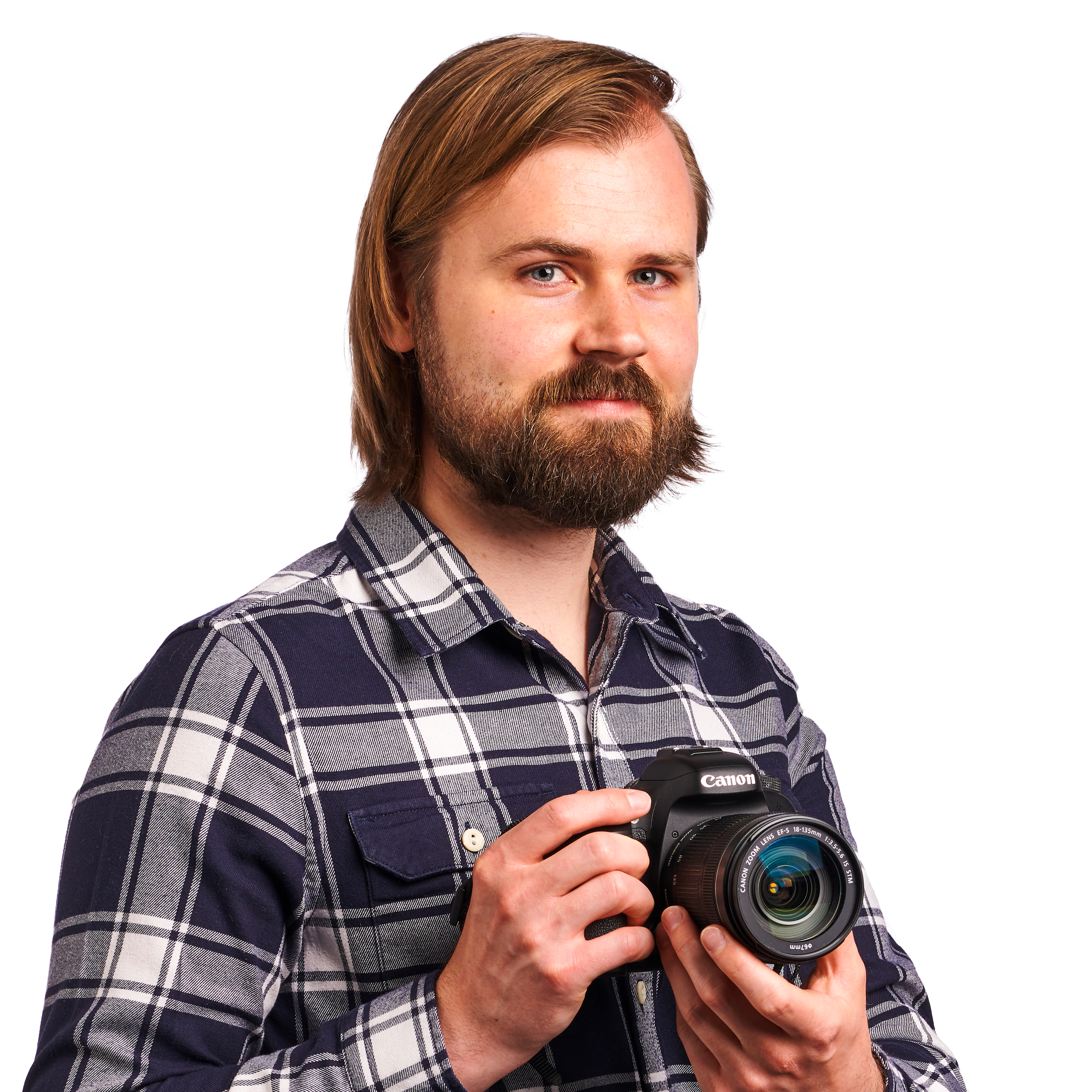
In addition to being a freelance photographer and filmmaker, Dan is a bona fide expert on all things Canon and Adobe. Not only is he an Adobe-certified Photoshop guru, he's spent over 10 years writing for specialist magazines including stints as the Deputy Editor for PhotoPlus: The Canon Magazine, Technical Editor for Practical Photography and Photoshop Editor on Digital Photo.
- Kim BunermannStaff Writer
You must confirm your public display name before commenting
Please logout and then login again, you will then be prompted to enter your display name.
